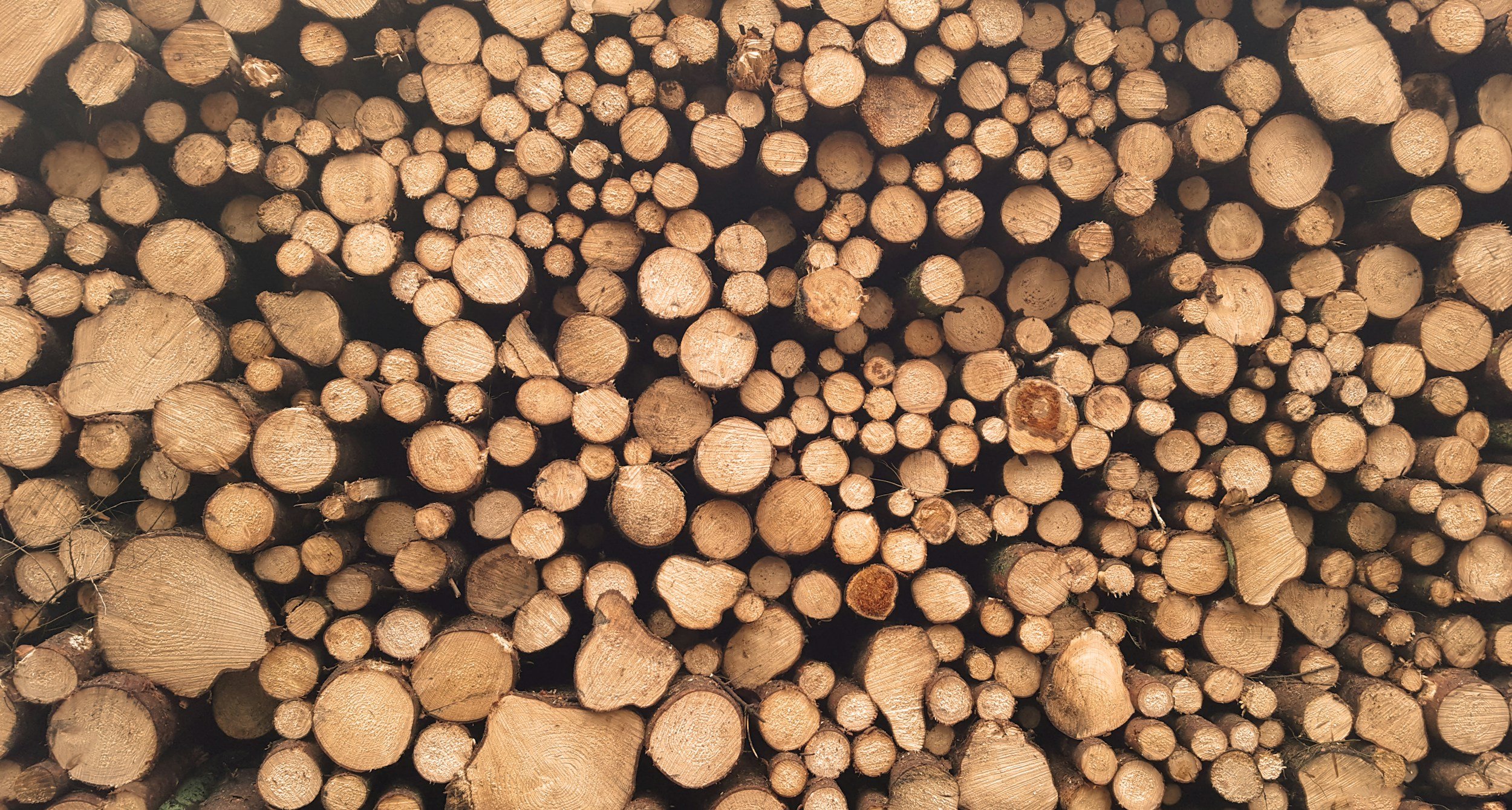
Timber & Lumber
Rooted in renewal, from forest to foundation
The timber industry is currently navigating a complex landscape shaped by growing demand for sustainable building materials, environmental pressures, and economic uncertainties. Globally, there’s a rising interest in wood as a renewable, carbon-friendly alternative to traditional materials like concrete and steel, especially in construction. This demand has spurred growth in engineered wood products like cross-laminated timber (CLT) and other innovative, high-strength wood materials.
However, the industry faces notable challenges. Supply chain disruptions, fluctuating lumber prices, and tight labor markets have created cost pressures, compounded by stricter environmental regulations. Sustainable forestry practices, such as selective logging and reforestation, have caused an increasing reliance on technology and automation. Support from USDA loan programs among other government initiatives have been crucial for financing these shifts, allowing timber businesses, especially in rural areas, to modernize and meet the evolving demands of an eco-conscious market.
Highlights
Typically 100% of new project costs, including land, hand & soft costs, and working capital are eligible for USDA loan guarantees
One loan to cover construction through to permanent financing, with up to 24 month interest only
No restrictive covenants, no call provisions, no balloon payments, long-term amortizations
Acquisitions of existing facilities are eligible
Eligible for B&I ($25M per applicant)
USDA Loan Guarantee Uses for the Timber & Lumber Industry
Production Capacity Expansion: B&I loans can help timber businesses build new processing facilities, upgrade equipment, acquire land and buildings.
Modernizing Equipment and Technology: The timber industry is undergoing a technological transformation, adopting new systems to improve efficiency, reduce waste, and enhance product quality. USDA Loan Guarantees can help finance upgrades to modern machinery, automated systems, and logistics platforms that streamline production from forest to finished product. For example, investments in kiln-drying facilities, sawmill technology, and quality control equipment allow timber companies to improve operating efficiency.
Working Capital and Operational Costs: Timber businesses often require extended ramp up periods to commission and optimize their business. USDA loan guarantees generously allow for working capital startup costs through to stabilized operations, include interest-only terms for up to 24 months. No restrictive covenants means flexibility and peace of mind.
Supply Chains and Logistics: Timely transportation and secure storage are crucial for the timber industry, particularly in remote areas. B&I loans can support investments in transport vehicles, storage facilities, and logistics technology to enhance supply chain resilience.
Refinancing: Timber businesses often absorb high-interest debt to expand, particularly on equipment. B&I loans can be utilized to refinance at potentially lower interest rates, and extended loan terms. This type of financial reset can pave the way for improved cash flow and growth potential.
Mergers and Acquisitions: As the timber industry consolidates, some businesses may seek funding for mergers, acquisitions, or strategic partnerships. USDA B&I loans can provide the financing needed for these transactions, enabling companies to scale or diversify.
We’re here to help
Ask a question or book a free consultation
